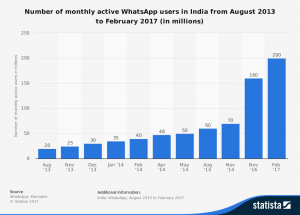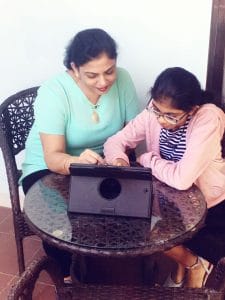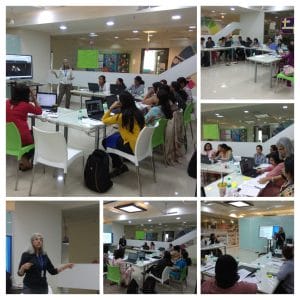 There are three purposes of Media – To Persuade, To Inform and To Entertain, however, in my opinion, there is the fourth purpose and that is understanding perspective. Many young people are sharing their ideas, opinions and views on social media using self-created media. With over 1 billion people using Facebook, 1 million using Instagram, 1.5 billion using Whatsapp on a daily bases, it is so important for librarians, teachers, and technology teachers to have students understand media.
There are three purposes of Media – To Persuade, To Inform and To Entertain, however, in my opinion, there is the fourth purpose and that is understanding perspective. Many young people are sharing their ideas, opinions and views on social media using self-created media. With over 1 billion people using Facebook, 1 million using Instagram, 1.5 billion using Whatsapp on a daily bases, it is so important for librarians, teachers, and technology teachers to have students understand media.
All our news, entertainment comes from Media. Dr. Anubhati Yadav, Department Head of New Media and Course Director of Advertising and Public Relations Course says, from 2 years old to adults all respond to media, therefore, it is important for students to learn about the purpose of media, how it is created and how students can use media effectively to create, learn and share. Today, being literate, meaning able to read and write is not adequate, it is important to be meta-literate, that is individuals can draw inferences, conclusions, and ideas from a variety of media products like infographics, maps embedded with media, videos, and virtual reality products.
Media literacy is the ability to understand how the media work, how they convey meaning. Media Literacy also involves critical thinking about the thousands of messages we are bombarded with on a daily basis – Frank Baker in Media Literacy
Other than reading to students, librarians can embed “Media Literacy” in their curriculum. They can use advertisements in magazines and digital media products to teach students the elements of media and what it takes to create a message for the audience. Common Sense Media and Media Smarts, have resources to support teachers. Mr. Frank Baker, a specialist in Media Literacy has a Media Literacy Clearinghouse to support educators. Renee Hobbs founder of Media Education Lab has resources to teach media literacy. Check out this video from Common Sense and 5 Essential questions to ask when viewing media.



